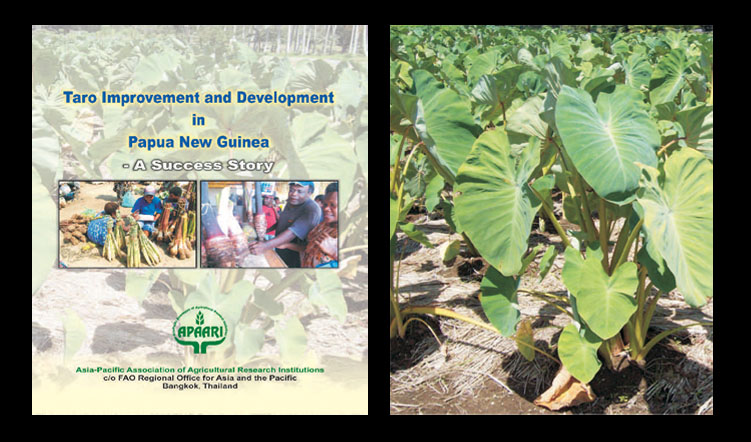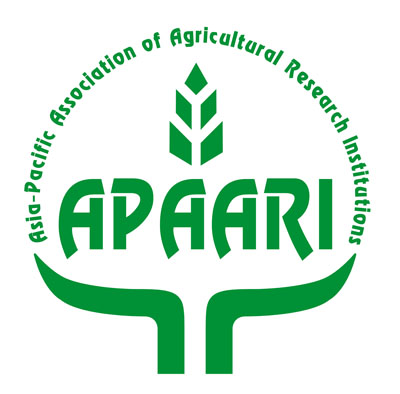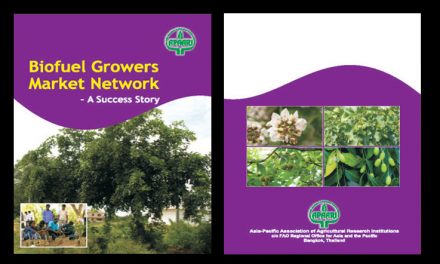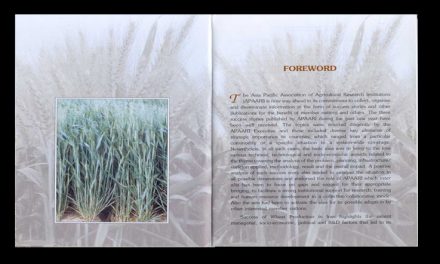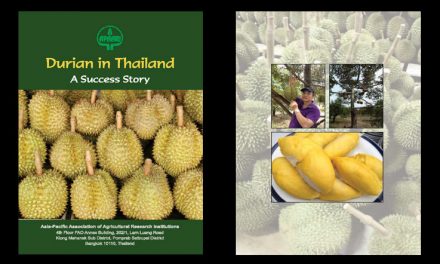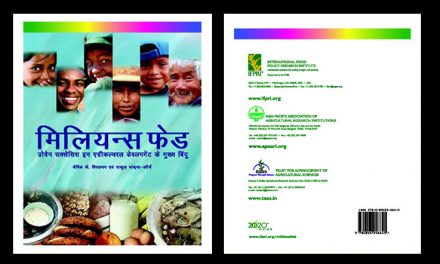Taro (Colocasia esculenta) is a crop of prime economic importance, used as a major food in the Pacific Island Countries (PICs). In Papua New Guinea (PNG), taro is consumed by the majority of people whose livelihood is mainly dependent on subsistence agriculture. It is the second most important root staple crop after sweet potato in terms of consumption, and is ranked fourth root crop after sweet potato, yam and cassava in terms of production. PNG is currently ranked fourth highest taro producing nation in the world. This success story illustrates as to how National Agricultural Research Institute (NARI) of PNG in collaboration with national, regional and international partners implemented a south Pacific regional project on taro conservation and utilization (TaroGen), and how the threat of taro leaf blight disease was successfully addressed by properly utilizing national capacity. So far, four high yielding leaf blight resistant taro varieties have been released to the farmers, which are widely adopted now. These successes also point out to the positive impact towards food security and income generation for rural farmers. Also, efforts have been made to conserve diverse germplasm in the Regional Germplasm Centre (RGC) in Fiji, and maintain a core collection representing major genetic diversity of the region.
Taro Improvement and Development in Papua New Guinea
